
Following ChatGPT’s success, Google released its AI chatting service, Bard. Here’s all you need to know about the next generation of the AI-powered chatbot.
Google Bard’s alternatives
AI chatting has been around for a while, although only more recently have chatbot technologies been increasingly adopted thanks to their growing ability to provide natural language conversations.
Many tech startups have worked on developing their own AI chatting service other than OpenAI’s ChatGPT. Here is a list of some of Bard’s competitors to watch.
Microsoft Bing
Microsoft has partnered with OpenAI to develop searches based on AI. The GPT-3.5 language model powers its new Bing search engine and will feature a chatbot assistant that can offer natural language responses, just like Bard. Bing is in the beta phase, but when fully released, it will provide users with the standard Bing search results and a ChatGPT-generated answer.
ChatSonic
ChatSonic is another AI chatting service powered by Google Search that lets users discuss topics in real-time, thanks to its ability to instantly acquire the latest factual content through an AI-based text generator called WriteSonic. Users can easily create AI artwork, texts and images other than receiving answers to queries. It should be noted that only the test version is free, while using the full service regularly will charge users starting from $12 per month.
YouChat
YouChat is another AI chatbot developed by the Germany-based You.com search engine. The peculiarity of YouChat is that it offers answers to questions and also provides the sources for its solutions to allow users to verify, review and fact-check the service’s responses.
Google Bard vs. ChatGPT
AI chatbots’ latest trending services have raised various security, privacy and efficiency queries. However, the first question everyone has in mind is if Google Bard is better than ChatGPT.
Similarly, both Google Bard and OpenAI’s ChatGPT are AI chatbots designed to interact with people through natural language models and machine learning to generate conversational text.
However, this is where their similarities end. Here are some of the main differences between the two services.
Bard’s use of a lighter version of LaMDA enables it to operate with less computing power and handle a larger number of concurrent users. This provides an advantage over ChatGPT, which has been known to struggle with efficiency during times of high demand.
ChatGPT produces content based on generative AI, a type of AI system capable of generating text, images or other media in response to prompts. However, such a system makes it more vulnerable to cyberattacks and deep fakes due to its regular use of digital images or videos to create content. On the other hand, Bard is trained around searching and providing conversational inputs that sound more natural and contextual instead of offering a set list of possible answers and easily forgeable files.
Still, ChatGPT is trying to help refine searches and offer more naturally sounding conversational search results, in line with Google’s Bard. In January, OpenAi signed a $10-billion deal with Microsoft to incorporate ChatGPT into its Bing search engine and provide more conversational search results.
The main difference between the two services is that ChatGPT’s data sets are as up-to-date as 2021, while Bard is based on newer information. Whether this will change in the near future is to be seen; in the meantime, Bard has an advantage over ChatGPT because it relies on Google’s highly updated search results.
Plagiarism and intellectual property are one of the main concerns for AI chatting. OpenAI offers a plagiarism detection tool that helps teachers catch their students in case they use it for homework tasks. On the other hand, Bard has yet to reveal any plans to include a plagiarism tool within its offering.
Is Google Bard safe?
AI chatbots are still in their infancy, and there are reasonable concerns over their security. However, Google’s reputation for putting safety at the forefront of its products’ development is encouraging.
Google delaying Bard’s release to the general public indicates that the company is focusing on service efficiency and security overall. Consistent testing through trusted testers suggests the company is taking all the necessary measures to prevent hacks and other cyberattacks.
It’s too soon to say whether Bard is safe or not. However, its continuous efforts to gather users’ feedback and testing results lead the tech community to believe that Google’s AI chatbot will be increasingly secure in the future.
Who can access Google Bard?
Google Bard has only initially been supported in the U.S. and U.K. and is exclusively accessible to trusted testers. In March 2023, the business opened a waitlist for the general public.
Bard users need a personal Google Account and must be 18 or over. Outside the U.S. and the U.K., the service is not available but will eventually expand to other countries. People should join the Google Bard waitlist to start using it on a rolling basis. Google collects early user feedback to improve Bard’s AI chatbot.
To join the waitlist, U.S. and U.K. citizens should visit Bard’s homepage, sign in to their Google account, accept the terms and conditions, and wait for their turn to join the testing service. Supported browsers are Chrome, Safari, Firefox, Opera and Edgium.
Initially, U.S. English is the only language available, although there are plans to make Bard capable of speaking as many languages as possible.
When was Google Bard released?
On Feb. 6, 2023, Alphabet CEO Sunday Pichai announced that Google’s parent company behind the AI chat service would open Bard to trusted testers, allowing it to become available to the public.
Many believe Google’s AI chatting service was not yet ready to be released to the public, but pressure due to ChatGPT’s success and the positive press were the reasons for the early and unexpected launch. Indeed, on March 21, 2023, Google opened access to Bard, inviting U.S. and United Kingdom users to join a waitlist.
The premature release, though, lost Alphabet $100 billion in market share value due to an early attempt to answer a user’s question during a demo, which generated an embarrassing mistake affecting the AI chat reputation and highlighting the limitations of Google Bard.
Another Google Bard controversy affected Alphabet’s AI chatting service reputation when Microsoft researcher Kate Crawford publicly shared a screenshot of her conversation with the AI chatbot.
The screenshot showed that when questioned about the data sets it used, Bard replied by listing publicly available sources, including Wikipedia, GitHub and even Gmail, as well as third-party companies.
The researcher claimed the AI chatbot crossed legal boundaries using a private tool like Gmail. However, the Twitter account for Google Workspace replied, “Bard is an early experiment based on Large Language Models and will make mistakes. It is not trained on Gmail data,” thereby dodging the issue.
How does Google’s Bard work?
Using the same principles as LaMDA, Bard is a versatile tool that helps users boost their imagination and productivity to generate ideas and projects.
From simple tasks like planning events and drafting invitations to asking questions about complex topics, Bard is the new addition to AI chat services that are set to disrupt digital communication.
In its first release, Bard employs a lighter-model version of LaMDA that requires less computing power to satisfy demand from more concurrent users. In addition to LaMDA, Bard extracts all the data from the web to deliver responses. It’s a text-based chat that performs various tasks, including the creation of different types of content, a summary of texts and translations between different languages, all in a minimalist interface.Bard is trained to generate natural-sounding responses that take into account the context of the conversation. It also works around follow-up questions, one of its attractive features. Users can give feedback by using thumbs-up or thumbs-down buttons.

The AI chat is intuitive, easy to use and has a “reset chat” button to terminate the current conversation and start a new one from scratch.

Google Bard is free and has not indicated that it will charge a fee to use it in the future, in line with most existing services. Moreover, Bard’s integration with Google’s search may also suggest that the service will remain free.
Bard can’t write code just yet, and unlike ChatGPT, its responses about code aren’t officially supported for now. However, the service is being trained to learn code, which will open many opportunities to developers and programmers alike.
What is Google’s Bard?
Following the success of OpenAI’s ChatGPT, Google AI chatbot Bard was released to a limited number of people in the United States and Britain.
Bard is a conversational artificial intelligence (AI) experiment based on Language Model for Dialogue Applications (LaMDA), an AI language model developed by Google in 2021 to provide fluid, multi-turn dialogue. A multi-turn dialogue is a conversation where a response is relevant to the current dialogue context. Bard simulates human conversations using natural language processing (NLP) and machine learning (ML).
LaMDA and Bard Transformer-based language models scan through trillions of words to learn context and meaning and recognize patterns that construct human language. Transformer is Google’s language model and neural network architecture invented and made open-sourced in 2017. A neural network is based on an AI-powered computing system inspired by the human brain.
It is important to note that ChatGPT’s language model GPT-3 was also built on it. By tracking relationships in sequential data (occurring when the points in the data set are dependent on the other points in the data set), models are good at generating original content and predicting responses.
Despite thousands of pre-launch testers being used to improve its quality, safety and accuracy, Bard remains experimental. It requires consistent feedback from the general crowd, publishers and creators to advance because some of its responses may still be inaccurate or even provide offensive statements.
The Bard AI-powered chatbot was created to complement Google search as a creative collaborator that can help write emails, essays, brainstorming sessions and pull information from the web through the “Google it” button.

Bard can be integrated into websites, applications or messaging platforms to provide realistic, natural-language-sounding responses to users’ questions.

You can get bonuses upto $100 FREE BONUS when you:
💰 Install these recommended apps:
💲 SocialGood - 100% Crypto Back on Everyday Shopping
💲 xPortal - The DeFi For The Next Billion
💲 CryptoTab Browser - Lightweight, fast, and ready to mine!
💰 Register on these recommended exchanges:
🟡 Binance🟡 Bitfinex🟡 Bitmart🟡 Bittrex🟡 Bitget
🟡 CoinEx🟡 Crypto.com🟡 Gate.io🟡 Huobi🟡 Kucoin.
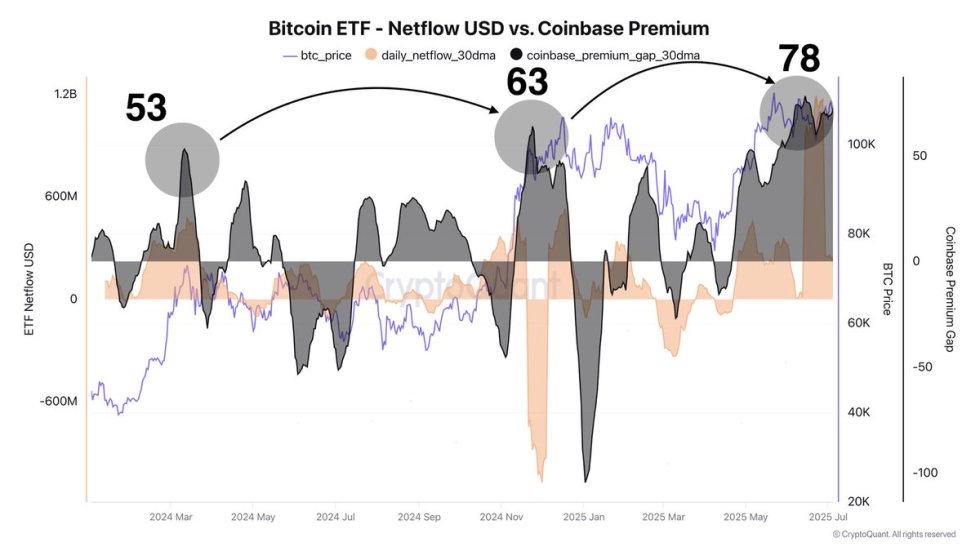
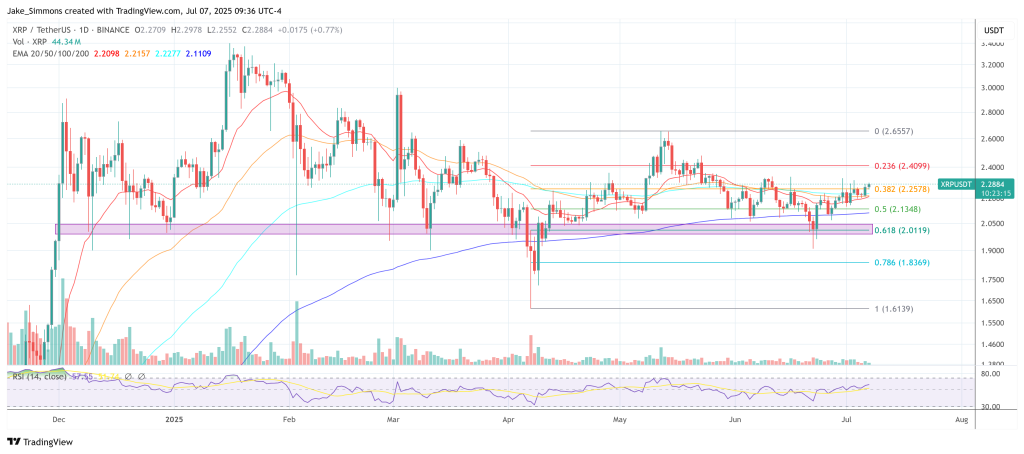










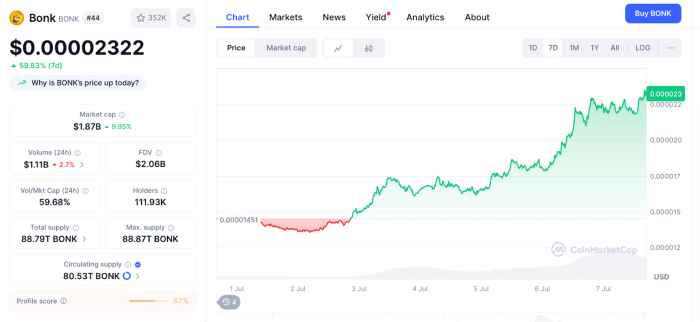



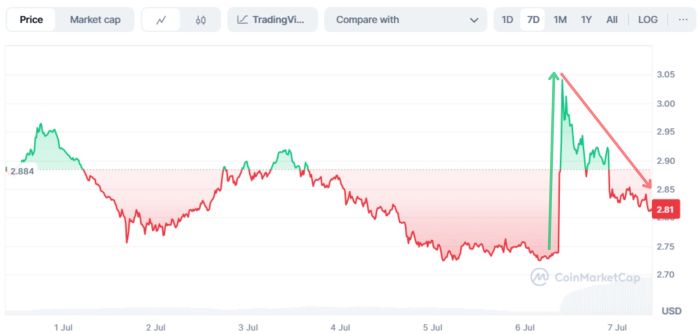
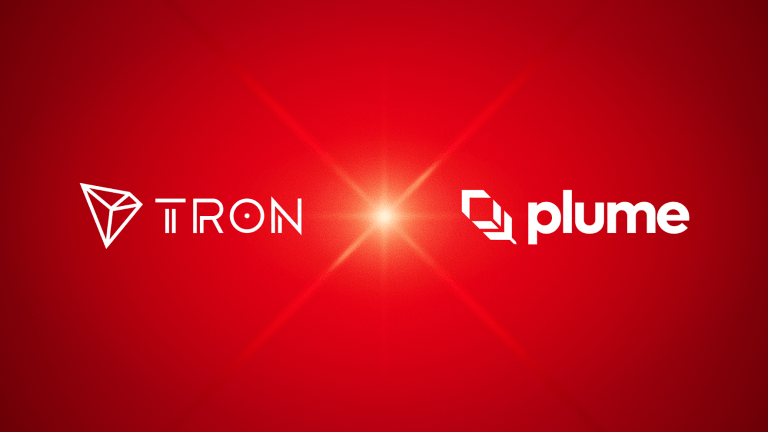
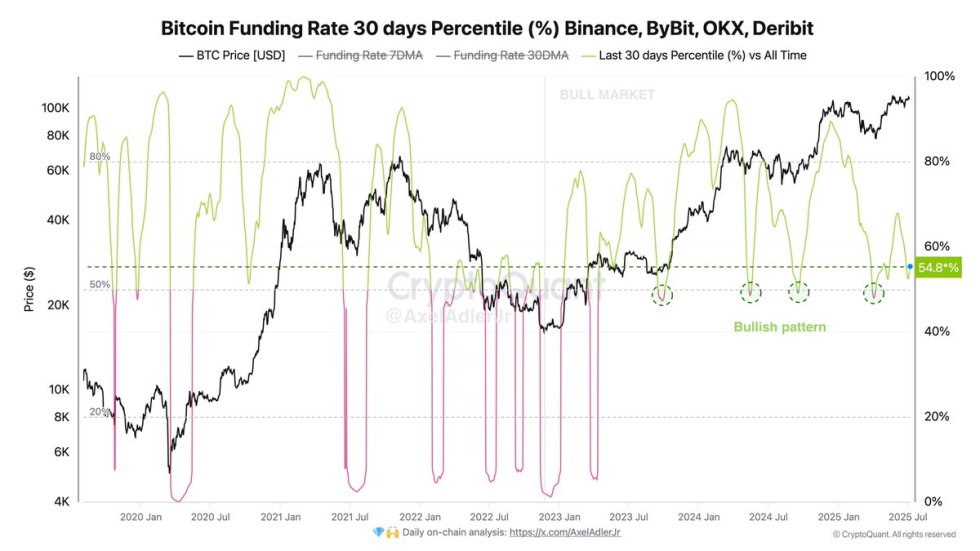
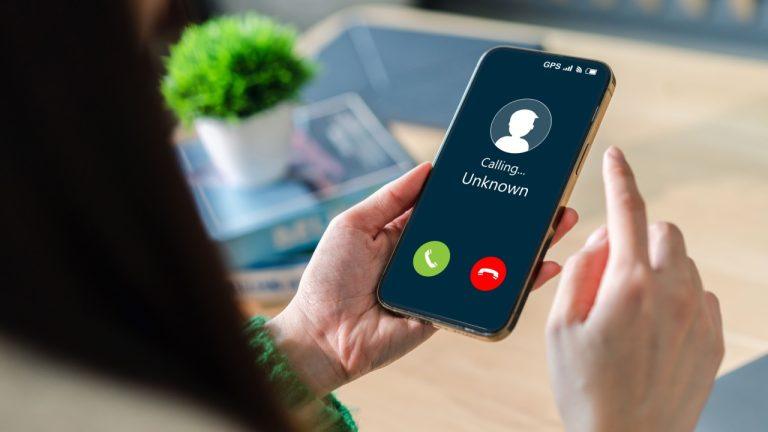
Comments